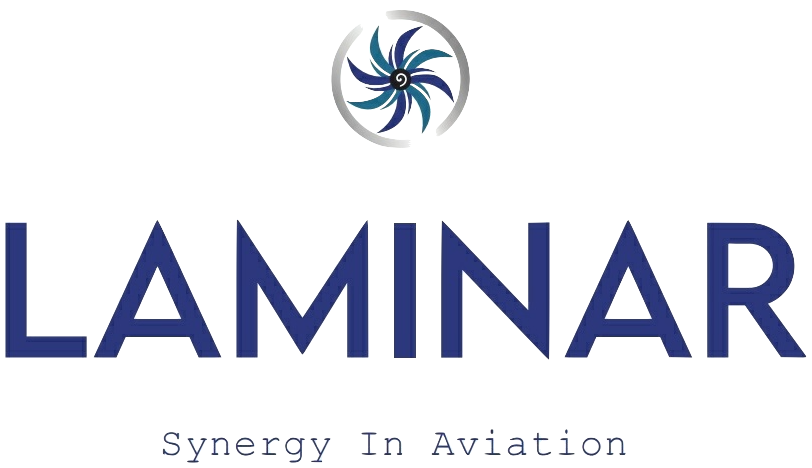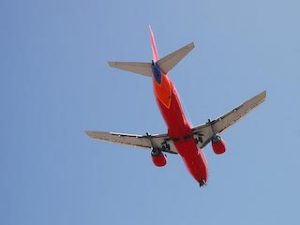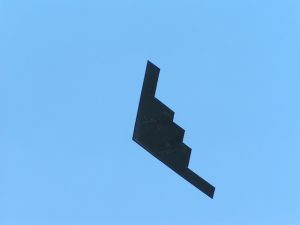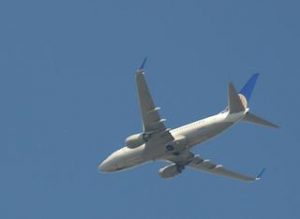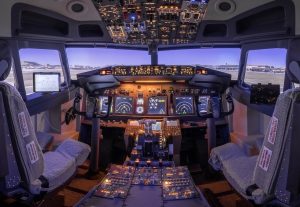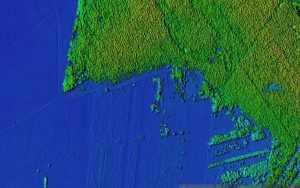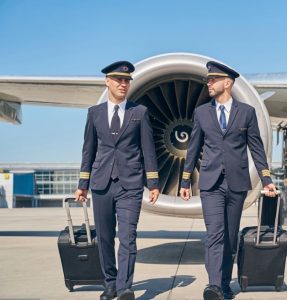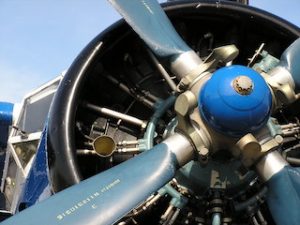Normal and Abnormal Operating Procedures in the MCC Course
 The Multi-Crew Cooperation (MCC) course is designed to prepare pilots for the dynamics of working in a multi-crew environment, crucial for operating commercial aircraft. A significant part of this training involves mastering both normal and abnormal operating procedures. This ensures that pilots are well-versed in routine operations and capable of effectively managing unexpected or emergency situations.
The Multi-Crew Cooperation (MCC) course is designed to prepare pilots for the dynamics of working in a multi-crew environment, crucial for operating commercial aircraft. A significant part of this training involves mastering both normal and abnormal operating procedures. This ensures that pilots are well-versed in routine operations and capable of effectively managing unexpected or emergency situations.
Normal Operating Procedures
Normal operating procedures (NOPs) are the standardized steps that pilots follow to ensure the safe and efficient operation of an aircraft under typical conditions. The MCC course meticulously covers these procedures, emphasizing the importance of adherence to standard operating procedures (SOPs) and effective communication between crew members.
1) Pre-Flight Procedures
Pre-flight procedures include a series of checks and preparations performed before the aircraft takes off. These procedures ensure that the aircraft is airworthy and all systems are functioning correctly.
-
- Briefing: The Captain and First Officer conduct a thorough briefing, discussing the flight plan, weather conditions, expected route, altitudes, potential hazards, and emergency procedures.
- Aircraft inspection: A walk-around inspection of the aircraft is performed to check for any visible damage or issues.
- Cockpit preparation: Pilots perform pre-flight checks of all cockpit instruments, systems, and controls. This includes setting up the flight management system (FMS), programming the flight route, checking the status of navigation and communication systems, and ensuring that all safety equipment is in place and functional.
- Checklist usage: Pilots follow pre-flight checklists to ensure that no critical steps are missed, including verification of fuel levels, engine status, and flight control systems.
2) Taxi and Takeoff Procedures
Once pre-flight checks are complete, pilots proceed with taxi and takeoff procedures.
-
- Taxiing: Pilots communicate with ground control to receive clearance for taxiing. They follow designated taxi routes to the runway, performing necessary checks along the way.
- Takeoff briefing: A final takeoff briefing is conducted, covering roles and responsibilities during takeoff, speed targets, and initial climb procedures.
- Takeoff execution: Pilots receive takeoff clearance from air traffic control (ATC) and proceed with the takeoff roll, monitoring engine performance and airspeed. Once airborne, they follow standard climb procedures and communicate with ATC for further instructions.
3) Enroute Procedures
Enroute procedures cover the actions taken during the cruise phase of the flight.
-
- Monitoring: Pilots continuously monitor flight instruments, engine performance, fuel consumption, and weather conditions. They also maintain situational awareness by regularly checking their position relative to the flight plan and making necessary adjustments.
- Communication: Regular communication with ATC is maintained to receive updates on routing, weather, and traffic. Pilots also perform periodic check-ins with each other to ensure all systems are functioning correctly and to address any concerns.
- Passenger announcements: Pilots make periodic announcements to inform passengers about the flight status, weather conditions, and expected arrival time.
4) Descent and Landing Procedures
As the aircraft approaches its destination, pilots follow descent and landing procedures.
-
- Descent preparation: Pilots begin the descent phase by coordinating with ATC for clearance and instructions. They perform descent checks, configure the aircraft for landing, and brief the approach and landing procedures.
- Approach: During the approach phase, pilots follow ATC guidance and navigate towards the runway. They monitor the descent rate, airspeed, and alignment with the runway.
- Landing execution: Pilots execute the landing, ensuring a smooth touchdown and deceleration. After landing, they follow taxi instructions to the gate and perform post-flight checks.
Abnormal Operating Procedures
Abnormal operating procedures (AOPs) involve the steps taken to manage unexpected situations or emergencies. The MCC course trains pilots to handle these scenarios with composure, coordination, and adherence to established protocols.
1) Engine Failure
Engine failure is one of the most critical emergencies a pilot can face. The MCC course covers the procedures to handle this situation both during takeoff and in-flight.
-
- During takeoff: If an engine fails during takeoff, pilots follow the “Engine Failure After V1” procedure, which involves continuing the takeoff using remaining thrust, maintaining control, and following emergency checklists to stabilise the aircraft.
- In-flight: In case of an engine failure in-flight, pilots follow the “Engine Failure During Cruise” procedure. This includes identifying the failed engine, securing it, and initiating a controlled descent to an appropriate altitude. They also coordinate with ATC for an emergency landing.
2) System Malfunctions
System malfunctions can involve issues with the aircraft’s electrical, hydraulic, or avionics systems. The MCC course teaches pilots to manage these malfunctions through systematic troubleshooting and emergency procedures.
-
- Electrical failure: Pilots follow the “Electrical Failure” procedure, which includes identifying the source of the failure, switching to backup systems, and conserving battery power. They also prepare for a potential diversion to the nearest suitable airport.
- Hydraulic failure: The “Hydraulic Failure” procedure involves identifying the affected system, using backup hydraulic systems if available, and performing necessary checks to ensure continued control of the aircraft.
- Avionics failure: In case of an avionics failure, pilots follow the “Avionics Failure” procedure. This includes reverting to manual flying if necessary, using standby instruments, and coordinating with ATC for guidance.
3) Decompression
Decompression can occur due to a rapid loss of cabin pressure. The MCC course covers both rapid and gradual decompression scenarios.
-
- Rapid decompression: Pilots follow the “Rapid Decompression” procedure, which includes donning oxygen masks, initiating an emergency descent to a safe altitude, and securing the cabin. They also communicate with ATC and prepare for an emergency landing if necessary.
- Gradual decompression: The “Gradual Decompression” procedure involves recognizing the signs of a slow loss of cabin pressure, such as cabin altitude warnings or passenger symptoms. Pilots follow checklists to identify and rectify the issue, initiate a controlled descent, and coordinate with ATC.
4) Fire and Smoke
Fire and smoke are critical emergencies that require immediate action. The MCC course covers procedures for managing both in-flight and on-ground fires.
-
- In-flight fire: Pilots follow the “In-Flight Fire” procedure, which includes identifying the source of the fire, using fire extinguishers, and isolating affected systems. They also prepare for an emergency descent and landing.
- Cabin smoke: The “Cabin Smoke” procedure involves identifying the source of the smoke, using smoke removal procedures, and ensuring passenger safety. Pilots coordinate with cabin crew and ATC for emergency landing preparations.
5) Adverse Weather
Adverse weather conditions, such as thunderstorms, turbulence, or icing, can pose significant challenges. The MCC course trains pilots to navigate these conditions safely.
-
- Thunderstorms: The “Thunderstorm Avoidance” procedure includes using weather radar to identify and avoid storm cells, following ATC guidance, and ensuring passenger safety through seatbelt warnings.
- Turbulence: The “Turbulence Management” procedure involves adjusting altitude to avoid turbulent air, reducing airspeed, and securing the cabin.
- Icing: The “Icing Conditions” procedure includes activating anti-icing and de-icing systems, monitoring for ice accumulation, and adjusting altitude or route to exit icing conditions.
Conclusion
The MCC course provides comprehensive training on both normal and abnormal operating procedures, ensuring that pilots are well-prepared for the full spectrum of flight operations. By mastering normal procedures, pilots ensure the safe and efficient conduct of routine flights. Through rigorous training on abnormal procedures, they develop the skills and confidence to handle emergencies effectively, prioritizing the safety of passengers and crew. This dual focus on standardization and adaptability is what makes the MCC course an essential component of modern pilot training, fostering a high level of competence and professionalism in multi-crew environments
